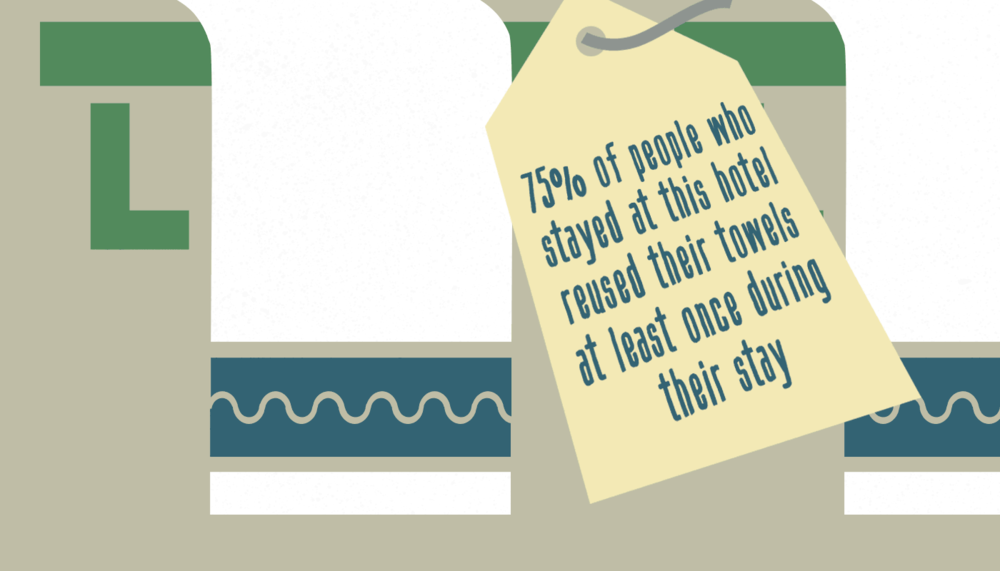Do Something Unexpected
A key storytelling technique is the ability to surprise your audience by introducing something unexpected. It’s the classic twist in the tale.
In 2009, Bill Gates gave a TED talk entitled ‘Mosquitos, malaria and education.’
It starts off in a predictable enough fashion with some graphs and charts about the impact of malaria on the world.
Yawn.
And then, all of a sudden, it takes a rather interesting turn.
Gates walks towards a small clear plastic container and as he does so he explains that it contains a number of mosquitos.
Obviously, the implication here is that they are malarial given the subject of his talk.
What he does next is a complete surprise.
He leisurely removes the lid allowing the mosquitoes to fly out into the audience.
As he does so, he quips ‘They shouldn’t just be for poor people to experience.’
Members of the audience are visibly squirming in their chairs.
How could he be releasing life threatening insects into a room full of innocent people?
In truth, the mosquitoes he has released are benign and harmless. They are not carrying the deadly disease.
Why is this so effective?
It’s because surprise is one of the ‘big six’ human emotions:
Happiness
Surprise
Fear
Disgust
Anger
Sadness
By doing something unexpected it elicits this emotion. And emotions play a key role in memory formation.
This has a strong evolutionary basis as it forced us to remember life threatening events and therefore to be wary of similar scenarios when they presented themselves.
It’s why cliffhangers and plot twists in books and TV shows work so well.
When telling a story try and find a way to introduce an element of surprise.
If you’re interested in learning more about storytelling check out our other posts PIXAR's 22 Rules of Storytelling and the Will & Grace Effect.






